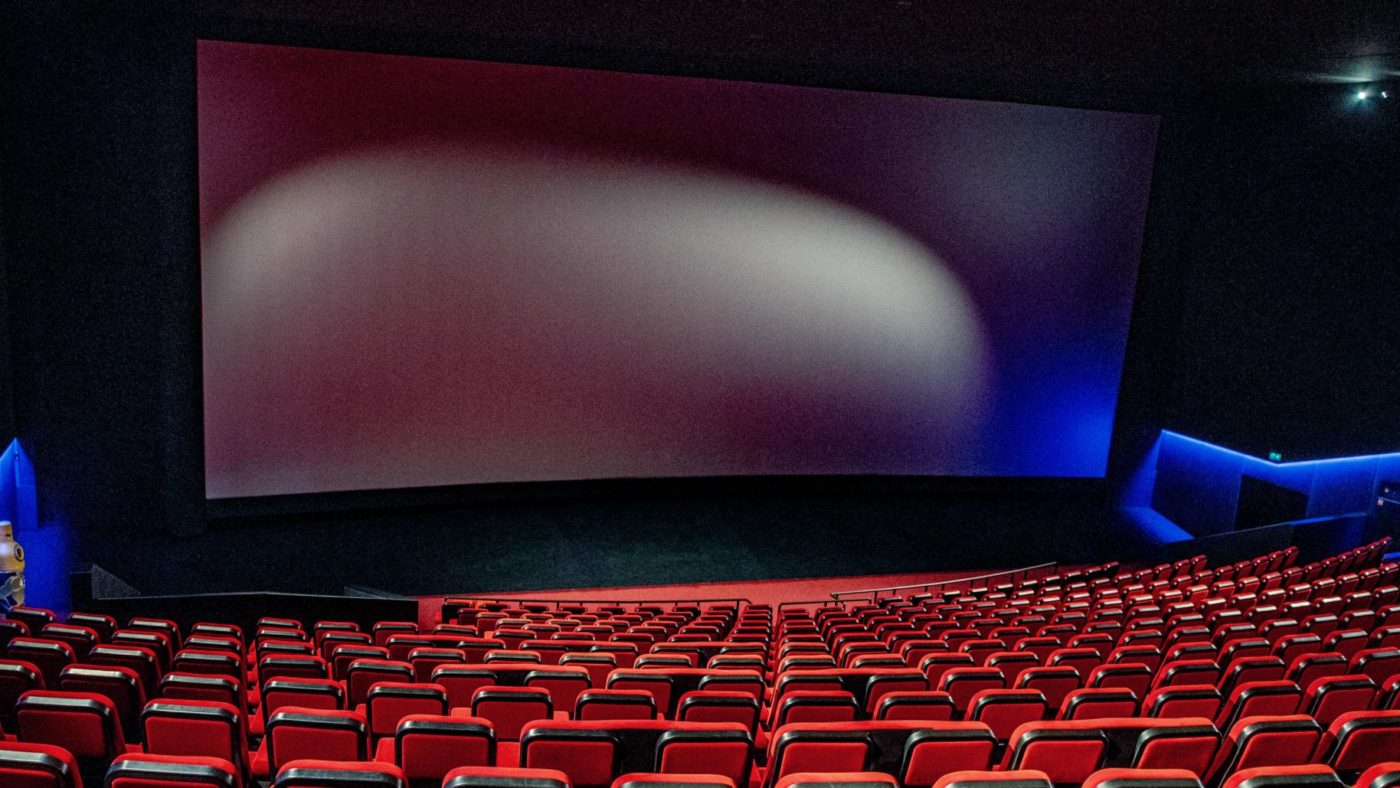I normally do not pay attention to implicit political messages in movies or TV series. I blank out a movie’s politics deliberately, because I already know in advance that I’ll disagree with it, that I’ll find it silly, and that concentrating on it would just ruin the movie for me.
In recent weeks, however, lockdown-induced binge-watching has overwhelmed my carefully cultivated anti-politics barrier. I never wanted to be that bore who rants about left-wing bias in movies, but I’m afraid it’s too late. This article will do precisely that, by way of two recent examples: the movie The Platform and the series Snowpiercer (written by Oscar-winner Bong Joon Ho, of Parasite fame).
The Platform is about a group of people who are trapped in a tower-like building, scattered in pairs across hundreds of floors. Food supply in the tower works as follows: every day, an army of chefs prepare a luxurious banquet at the top of the tower. They lay it out on a large concrete platform, which is then lowered, like an elevator, and stops on every floor for ten minutes or so. During those minutes, the people on the respective floor can eat as much as they like. Then the platform continues its downward journey.
This results in a grossly unequal distribution of food. The people at the higher levels ridiculously overindulge, while those further down have to scrape for the leftovers.
The movie’s protagonist tries to organise a more equitable system of food distribution, but fails, because of a lack of cross-floor solidarity. People look down upon those below them, and resent those above them. Despite the fact that the allocation of people to floors is completely random, people convince themselves that the order is somehow “just”, or at least, from their own floor downwards. Needless to say, the tower is meant to represent capitalism, and the floors are meant to represent the social classes.
Snowpiercer is set in a post-apocalyptic world, where a new ice age, brought about by an attempt to combat global warming via geoengineering, has wiped out almost all of humanity. The survivors are trapped on a massive train, which runs across the world, and never stops.
The train is a self-contained society. People even grow food in it, and it contains an ample stock of supplies from before the apocalypse. The train-society is extremely stratified. In the front carriages, people live in luxury; in the rear carriages, they live in in squalor.
There are far more poor people than rich people on the train, but the rich are better organised, and the poor lack class consciousness. The lower-middle class, for example, looks down upon the poor, and there is a small degree of social mobility, which gives people false hopes, while also making them compete against each other. You’ve probably guessed that the train is meant to represent capitalism, and that the carriages are meant to represent the social classes.
If you are on board with the current “Millennial Socialism” hype, you will probably now be thinking: “What’s not to like? These sound like perfectly accurate metaphors for capitalism!”
Alas, they are anything but. In the scenarios described in these movies, there is no “economy” as such. There is no or not much production, not much trade, not much exchange, and not much of a division of labour. A certain amount of resources is just somehow “given”, and the only question is how to distribute it.
This is not a great metaphor for capitalism, to say the least. Under such circumstances, there is indeed no good reason why some people should have more than others. But in an economy based on production and voluntary exchange, where some people get rich by offering others something they want, and are prepared to pay for, it would be a very different story.
Also, while using a small group as a microcosm of wider society can be a powerful narrative technique for many purposes, it does not work if you are trying to make a point about economic systems. When it comes to economic systems, scale matters. In a society which only consists of a few dozen or a few hundred people, you don’t need well-defined property rights, and you don’t need markets. Collective ownership, and democratic planning, can work perfectly well. I don’t know yet how Snowpiercer ends; maybe there will be a socialist revolution of sorts, turning the train into a Democratic People’s Train, and all passengers will live happily ever after. And why not? On that scale, even I would not be opposed to socialism. But the point is that that model has never been successfully scaled.
Ironically, by its mere existence, this proliferation of movies, series, novels etc with a quasi-Marxist message itself refutes a major plank of Marxist ideology. Marx famously said that “The ideas of the ruling class are in every epoch the ruling ideas, i.e. the class which is the ruling material force of society, is at the same time its ruling intellectual force. The class which has the means of material production at its disposal, has control at the same time over the means of mental production”. If that were so, we should expect plenty of movies that idolise rich entrepreneurs, and depict capitalist relations as mutually beneficial. The fact that we see the exact opposite shows that there is no such thing as a “ruling class”, and that being wealthy does not, in itself, make you culturally influential.
The ruling ideas of our time are not the ideas of an imaginary capitalist “ruling class”. The ruling ideas of our time are simply the ideas that are most fashionable. What a shame that all the fashionable ideas of our time are wrong.
Click here to subscribe to our daily briefing – the best pieces from CapX and across the web.
CapX depends on the generosity of its readers. If you value what we do, please consider making a donation.


